Note: This is my offering for the October edition of the Animist Blog Carnival, topic being “Death”.
When I first explored paganism way back in 1996, I almost immediately gravitated toward the animals. Like so many other totemists, I picked up a copy of Ted Andrews’ Animal-Speak, and thereby began cutting my metaphorical teeth. For the following decade the animals were at the center of my practice, whether I was working with generic Wicca-flavored neopaganism or Chaos magic. I developed my own system for working with animal totems and spirits, and even created a lot of practices for working with hides, bones, and other animal remains.
After my arrival in Portland, I soon became immersed in the Land as a whole. I adopted a more bioregional approach not only to my spiritual path, but my life in general. This led me to connect not only with the local animals, but with the plants, fungi, stones, landforms, waterways, and many others. I grew to understand that the animal totems lived in their own wilderness and urban environments, just as their physical counterparts did, and this gave more form to my spiritual path, my neoshamanism and my role as an intermediary.
One of the effects of this shift in my worldview was that I became more sensitive to the great emphasis we place on animals over all other beings of nature, and especially vertebrates, and even more especially charismatic megafauna. We tend to value those beings that are most like us (but not too much like us). So (at least in the U.S.) a wolf is seen as more valuable than a salamander, a salamander moreso than a fruit fly. (Oddly enough monkeys and apes are often denigrated as silly beings because we think of them as “failed humans” of a sort; we see too much of ourselves in them and that perhaps scares us.)
Continuing on in that, we see animals as more valuable than plants, fungi, and the like. Someone who would never dream of killing an animal will happily uproot carrots and prune a bonsai tree into perpetual tininess. The usual justification is that since plants don’t have nervous systems like animals do, they don’t feel pain and therefore it’s okay to do whatever you want to them. This is even in spite of new research showing that plants can communicate with each other through sound, chemicals and even the mycelial mat of fungi connecting their roots.
Also, plants recover from injury differently than we do. If you cut off a vertebrate animal’s limb there’s a very good chance it will die, or at least be very significantly disabled for the rest of its life. Many invertebrates and a small number of vertebrates can regenerate lost bits, but few people would advocate for deliberately mutilating them just for the fun of it (and those who did would be looked at very suspiciously). On the other hand, you can lop off the branches of a tree, tear off a flowering plant’s reproductive organs, and cut grass down to a height of an inch or less once a week, and they’ll still keep growing. So we assume that this must be okay because they don’t die from it. Even if they do die, oh well–what’s another tree or shrub?
Finally, plants die differently than animals, or at least appear to. Even though both have evolved the same sort of programmed cell death, on a larger scale the point of death for an animal is a lot easier for us to determine–the brain activity stops, the heart no longer beats, the body becomes cold. Animal deaths can happen very quickly; a plant generally only dies quickly if caught in a fire (and even then some plants, like grasses, can survive the fire to regenerate). If you pick off a leaf from a lettuce still growing in the ground and eat it, that leaf is still alive. The top of a pineapple that you’ve peeled and cut up can be placed in water and then soil to grow a new pineapple plant. It doesn’t become dead just because you’ve separated it from the rest of the fruit. So this can contribute to why we don’t see plant deaths as being so traumatic, and therefore not as weighty.
Now, before we move on, let me say that I am certainly not supporting willful cruelty to animals just because we inflict similar activities on plants. However, I would question the attitude we have toward plants (and fungi, just for the record) that they are infinitely expendable, and that their deaths don’t matter. Rather than lowering the standards by which we gauge ethical care of animals, I suggest that we raise the standards we use to care for plants. And that includes being mindful of their deaths.
For fifteen years I’ve been working with hides, bones, and other animal remains in spirituality and art. I’ve developed unique rituals and practices surrounding this work as a way of honoring the spirits in these ways, as well as part of my meals (yes, I do eat meat). More recently, as my work has expanded, I’ve expanded that sacred approach to plant and fungus parts as well, which I call “leaves and caps” as shorthand*. As with the hides and bones, there are certain practices of purification that I do with everything I make from plants and fungi. But more importantly, these practices help to remind me at all times that these were once living beings, and in order for me to live (or create the art that I do), something had to die, or at least sacrifice a part of its physical form.
It’s especially important to me that I’m expanding this work of sacred approach to the plants and fungi as well as the animals. I’m not about to become a fruitarian. But I’m trying to reduce my bias toward animals, and elevate all living beings to a more meaningful and considerate level in my life. I’ll still eat them, and work with their remains, and consume other products made from them, since I need these to live. However, I’ll do so with more mindfulness, and a greater sense of responsibility toward them. I’ll be more careful about sustainable sources, and continuing to do my environmental volunteering for the betterment of all.
And that includes not taking the deaths of the plants and fungi for granted. They may not be the same as I am; they may not suffer or die in the same way as I. But I can still extend compassion to them, and hope that I benefit the world a little more thereby.
* If you’re interested in this part of my work, I have a chapter on working with plant and fungus parts in spirituality in my book Plant and Fungus Totems, which is due out from Llewellyn in May 2014.

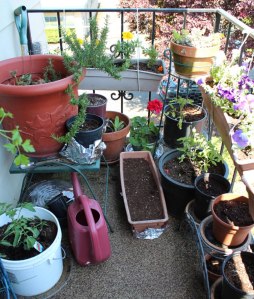
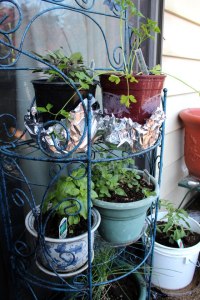
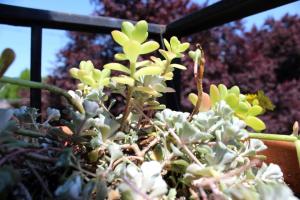
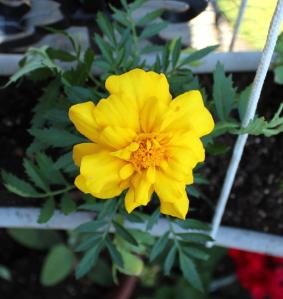
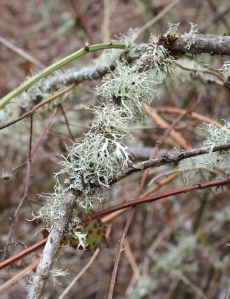
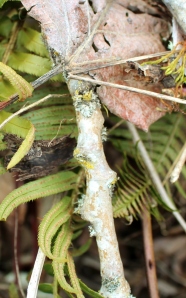
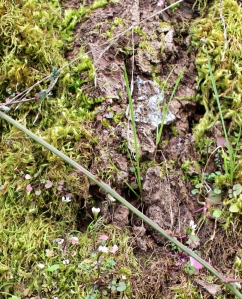
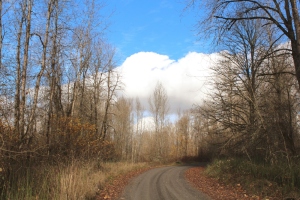
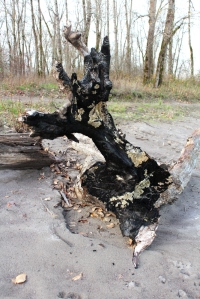
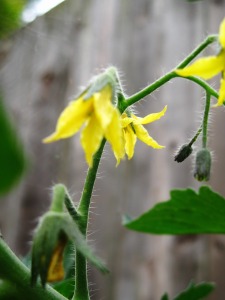
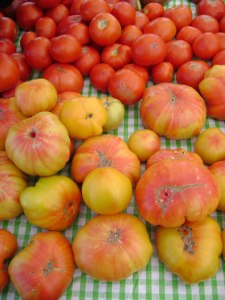
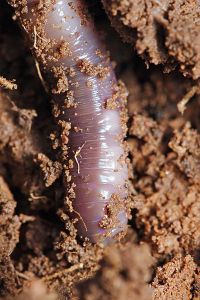
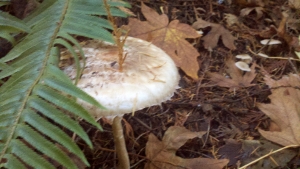
You must be logged in to post a comment.